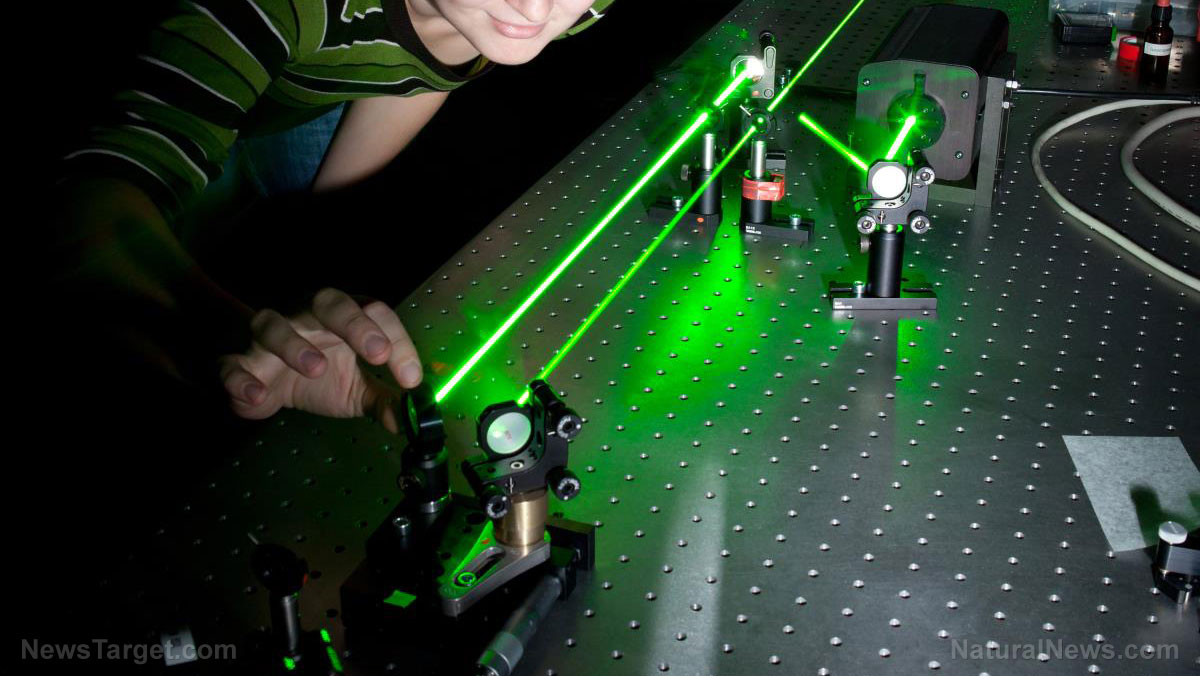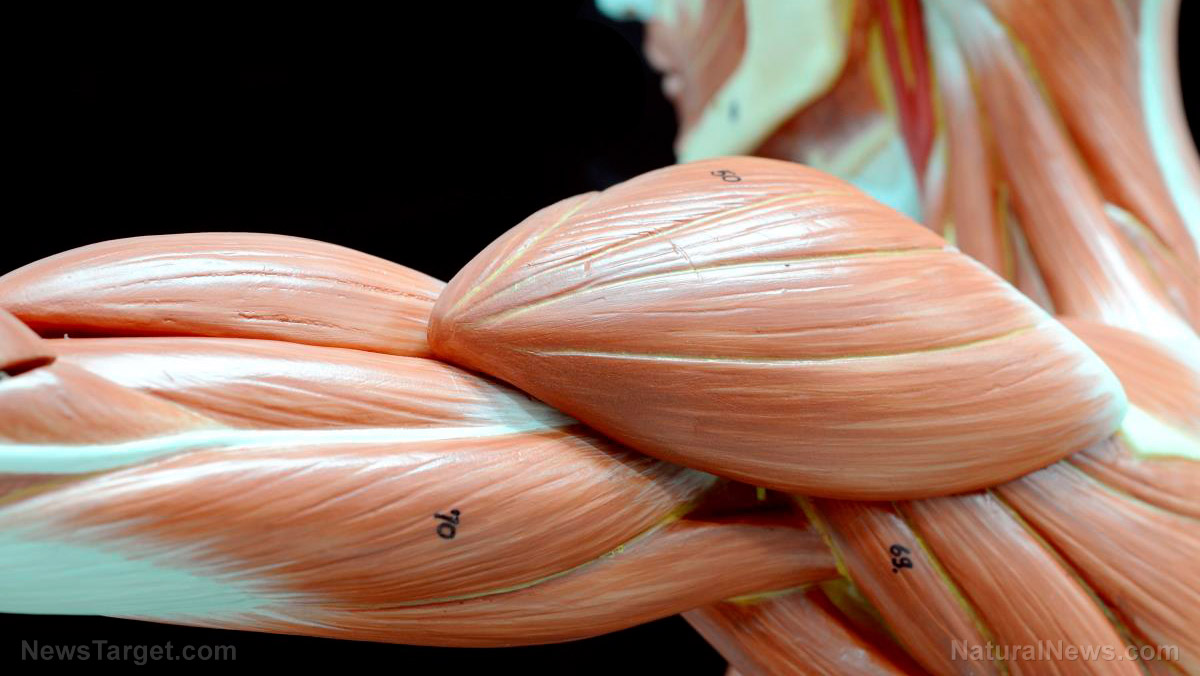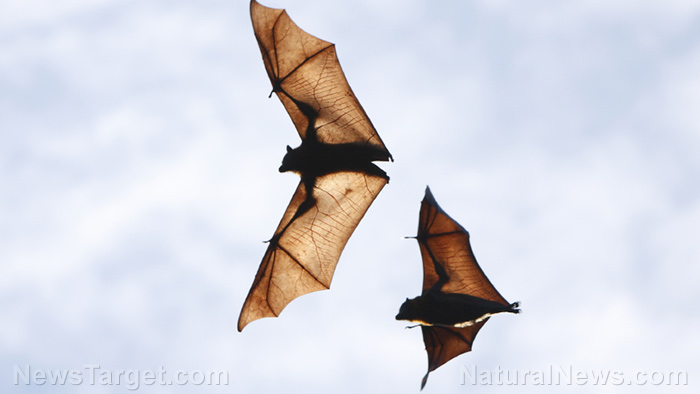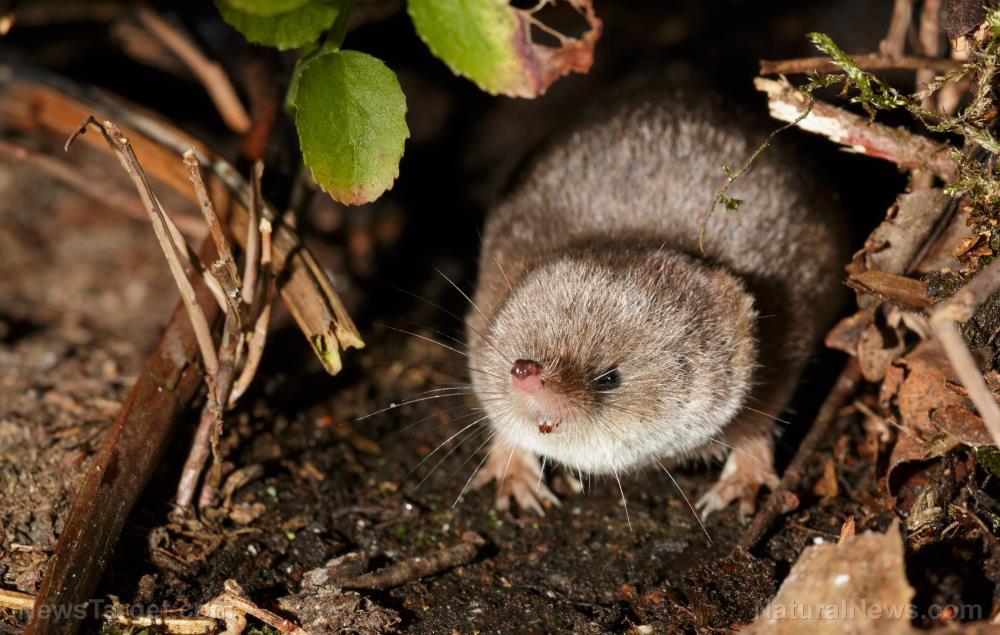Who needs stitches? Unique “slug glue” could be used to make better medical adhesives
09/30/2019 / By Edsel Cook

The trail of slime left by slugs in the garden might eventually help patch up wounds. Researchers found that the “mucus” produced by a prevalent species of European slug possessed potential as a natural glue to close wounds, prevent infection, and reduce the risk of scars in humans.
The slug species in question is the Dusky Arion (Arion fuscus). Able to grow more than three inches (seven centimeters) in length, it is a bane of beautiful gardens throughout Europe.
When assaulted by predators – which ranged from insects and birds to angry gardeners – the Dusky Arion releases a sticky slime that makes it difficult to gobble down. Most attackers quit once they get a mouthful of slime.
The protective slime exuded by the Dusky Arion happens to display the flexibility and stickiness desired in medical adhesives. Researchers have begun studying the substance to see what they could learn from the slug and apply it to medical glue for wound healing. (Related: Pulling off bandages could become less painful in the future, thanks to light.)
The slime of a garden slug may help develop better medical glue
The first such study came from Ithaca College researcher Rebecca Falconer. Then an undergraduate, she explored the possible use of the Dusky Arion’s slime as a medical glue.
“Typical sutures like staples and stitches often lead to scarring and create holes in the skin that could increase the chance of infection after surgery,” Falconer reported. “Understanding the roles of adhesive proteins in the slug glue would aid in the creation of a medical adhesive that can move and stretch yet still retain its strength and adhesiveness.”
She took samples of Dusky Arion slime and evaluated the natural compounds present in the substance. Of the 11 proteins studied, Falconer identified several candidates that might bind themselves together, thereby creating a 3D network with sufficient strength and elasticity to serve as a glue.
Another Ithaca undergraduate researcher, Christopher Gallego-Lazo, followed up on Falconer’s findings on the Dusky Arion’s slime. He received assistance from Dr. Andrew Smith, who was investigating the sticky excretions of the slug and many other mollusks.
Gallego-Lazo took a closer look at the double network structure that comprised the slime. He reported that the immense structural strength of the substance endured considerable amounts of pressure.
The stiff protein network handled incoming force through sacrificial bonds that broke under pressure and reformed after the impact. The links maintained an interconnected and deformable structure of carbohydrates.
By changing protein bonds, slug slime can switch from slippery to sticky and back
In his report, Gallego-Lazo noted the possibility of altering the strength of the slime by fiddling with the sacrificial bonds of the protein network. The protein bonds naturally reformed after getting sacrificed, so the glue was fully capable of changing its shape as needed while keeping its strength.
“Few studies on biological adhesives have identified the exact nature of the bonds holding the glue together,” Lazo reported. “This knowledge can guide the development of an organic synthetic adhesive that would reduce the risk of infection and scarring compared to stitches and staples and could be applied rapidly and simply.”
Smith described slug slime as gels made up of a dilute and intertwined system of polymers. Lumping them together under the umbrella term “mucus” was inappropriate as the structure of the various gels differed as widely as their intended functions.
While some slug slime display high adhesion, others prove very slippery. However, some of those slimy gels may also turn sticky.
Sources include:
Tagged Under: animals, bioglue, breakthrough, Chemistry, cool science, discoveries, dusky arion slug, garden slugs, inventions, medical glue, medical supplies, medical tech, medical technology, research, slime, slug glue, slugs, weird science, Wound Healing
RECENT NEWS & ARTICLES
COPYRIGHT © 2017 DISCOVERIES NEWS


















